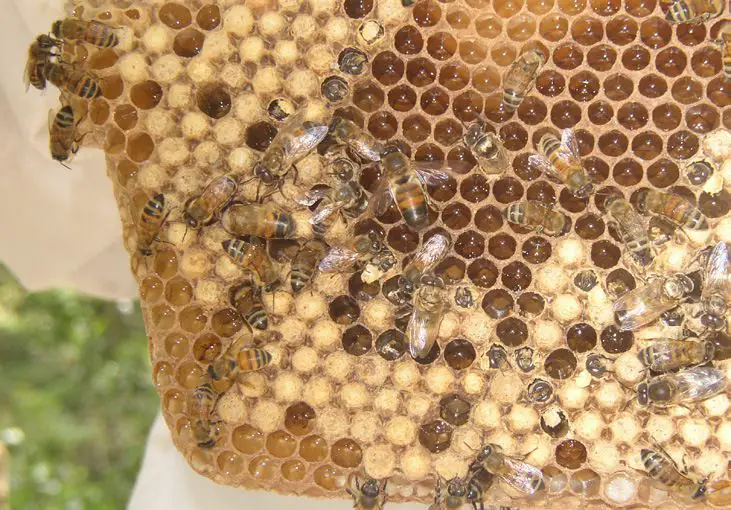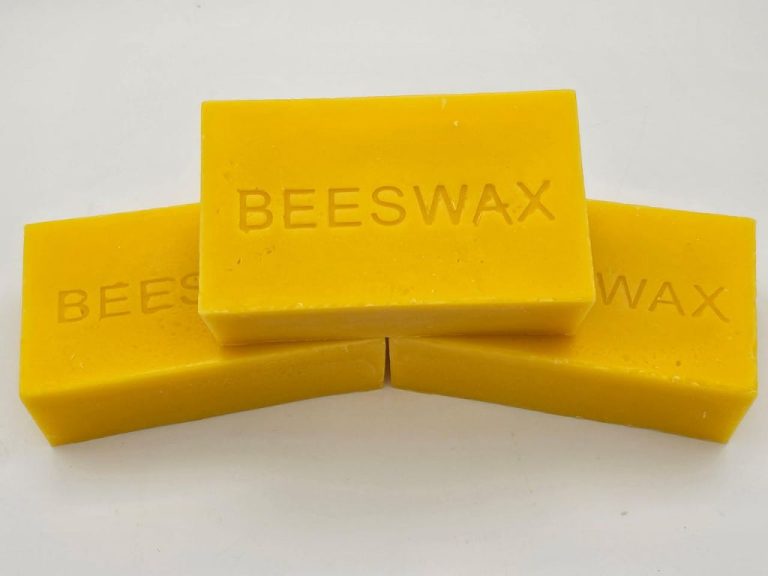Is Coconut Soy Wax Better Than Soy Wax?
Soy wax and coconut soy wax are two popular types of wax used for candle making. Soy wax is made from hydrogenated soybean oil and is prized for its clean burning properties and natural scent. Coconut soy wax blends soy wax with coconut oil, resulting in a wax with enhanced crystallization that allows for better scent throw and smooth tops. Soy wax tends to be the choice for container candles, while coconut soy wax is better suited for pillars and votives.
There are debates within the candle making community about which wax performs better. Some swear by the clean burn of soy, while others prefer the increased fragrance of coconut soy wax. This article will dive into the key differences between soy wax and coconut soy wax, including performance, cost, and environmental impact.
What is Soy Wax?
Soy wax is a vegetable-based wax made from soybean oil as the main ingredient. It first started being used for candle making in the early 1990s as an inexpensive alternative to beeswax.1, 2, 3 Soy wax was developed and patented by Michael Richards in 1991. Before soy wax, most candles were made from paraffin wax, which is a petroleum-based byproduct. Soy wax provided a renewable and environmentally-friendly alternative.
Some key benefits of soy wax for candle making are that it has a lower melting point than paraffin, which allows for scent throw at lower temperatures. It also burns cleaner than paraffin with less soot and residue. Additionally, soy wax is inexpensive compared to beeswax, making it accessible for small businesses and crafters. The natural properties of soy wax give candles a smooth finish and rich color.
What is Coconut Soy Wax?
Coconut soy wax is a blend of traditional soy wax and coconut oil. It combines the benefits of both ingredients to create a wax with superior performance for candle making.
Soy wax on its own is cost-effective, easy to work with, and has a low melting point. However, it can be prone to frosting and oil spots. Coconut oil helps counteract these issues when blended with soy. It raises the melting point slightly, improves adhesion, and results in a smoother appearance.
The coconut oil content in coconut soy wax typically ranges from 10-20%. The coconut oil strengthens the wax crystal structure. This makes the wax harder while still retaining the soy wax’s ability to hold fragrance and color well. Coconut soy wax also has an eco-friendly appeal since both soy and coconut are natural, renewable resources.

In summary, coconut soy wax takes the beneficial properties of soy wax and enhances them by blending in coconut oil. The result is a high performing, natural candle wax that combines the best qualities of both ingredients.
Benefits of Coconut Soy Wax
Coconut soy wax has several benefits that make it an appealing candle wax option compared to pure soy wax. Some of the key benefits include:
Smoother Texture
The addition of coconut oil to soy wax creates a smoother texture and surface finish in candles. Pure soy wax can develop frosting and be prone to air bubbles, while coconut soy blends are creamy and flawless (https://www.fosseliving.co.uk/blogs/news/7-benefits-of-coconut-wax-in-candles).
Better Scent Throw
Coconut soy candles release fragrance more efficiently than soy alone. Coconut oil helps anchor scents so they disperse strongly and consistently when burning (https://www.vincentlandcandleco.com/blogs/news/the-benefits-of-coconut-soy-wax-candles).
Harder Finish
The inclusion of coconut oil makes coconut soy wax harder and stronger than plain soy. This allows candles to retain their shape better without bending or warping as they burn (https://www.citrusandsageco.ca/blogs/read-our-blog/benefits-of-coconut-soy-wax-in-candles).
Downsides of Coconut Soy Wax
While coconut soy wax has several benefits compared to standard soy wax, it also has some downsides to consider:
Coconut soy wax tends to be more expensive than regular soy wax. According to Suffolk Candles, coconut wax can cost up to 50% more per pound compared to soy.
Coconut soy wax also still requires certain additives and blending with other waxes to achieve ideal performance for candles. As The Filtery notes, many candle makers blend coconut wax with soy, beeswax or paraffin to improve burn time, scent throw, and texture.
The natural hardness and brittle texture of coconut wax means it can be prone to frosting, sweat, and cracking without proper blending. While coconut soy eliminates some downsides of soy wax, it has its own challenges to contend with for optimal candle making.
Candle Making with Coconut Soy
Candle makers often prefer using coconut soy wax blends because it requires less fragrance oil than pure soy wax. Coconut wax helps the aroma throw farther. Typically only 6-8% fragrance oil is needed in coconut soy wax to achieve a strong hot and cold throw, whereas pure soy wax needs 8-10% (Source).
Another advantage of coconut soy wax is that it cools more slowly than pure soy wax. The slower cooling time allows candle makers to work with the wax longer before it starts to set up. This makes coconut soy wax easier to pour into containers and allows more time for finessing the wax top if desired. The flexibility in working time is especially helpful for complex candle designs (Source).
Soy Wax vs Coconut Soy Performance
When comparing the performance of soy wax versus coconut soy wax, there are a few key differences to consider:
Burn Time: Pure soy wax tends to have a longer burn time than coconut soy blends. Soy wax can burn for up to 50 hours, while coconut soy blends may burn for around 35-45 hours (https://hebebotanica.com/blogs/news/coconut-wax-vs-soy-wax-what-s-the-difference). The natural hardness and density of soy wax contributes to its extended burn time.
Wax Pooling: Coconut soy wax tends to pool wax more evenly than pure soy wax. The coconut oil content helps the wax melt and disperse fragrance more consistently. Soy wax may develop “tunneling” where the wax does not melt evenly (https://hiveandhoneycandleco.com/blogs/news/soy-coconut-or-paraffin-wax-whats-the-difference). Proper wick sizing can help improve soy wax pooling.
Fragrance Load: Coconut soy wax can hold a higher fragrance load than pure soy wax. Coconut oil allows more fragrance oil to bind to the wax, creating a stronger scent throw. Soy wax has a lower fragrance load, around 6-8%. Coconut soy can hold 10% or more fragrance oil.
Appearance: The natural color of soy wax is off-white, while coconut soy wax has a creamy ivory tone. Dyes tend to appear deeper and richer in coconut soy wax. The smooth finish of coconut soy can also give candles a glossy look.
Overall, coconut soy wax blends offer benefits like enhanced fragrance and appearance compared to pure soy. But soy wax remains praised for its excellent burn quality and being an eco-friendly, natural option.
Environmental Impact
Both soy wax and coconut wax are made from sustainable, renewable crops. Soy wax is made from soybean oil, while coconut wax comes from coconut oil. In terms of carbon footprint, there has been some debate.
According to CocoandSoy, coconut wax may have a lower carbon footprint because coconuts are primarily grown in tropical climates, while soybeans require more land and resources to cultivate. However, the carbon footprint likely depends on the specific location of crop cultivation. Transporting coconuts long distances could make coconut wax less eco-friendly.
Overall, both soy and coconut wax are considered more sustainable than paraffin wax, which is made from non-renewable petroleum oil. But there are pros and cons to both plant-based waxes in terms of environmental impact.
Cost Comparison
When it comes to price, coconut soy wax tends to be more expensive than traditional soy wax. According to Hebe Botanica, coconut wax can cost as much as double the price of soy wax for comparable candles[1]. Veda Oils notes that coconut wax is typically around 20-30% more expensive per pound than soy wax[2].
The higher price of coconut wax is largely due to the complexity of processing coconut oil into wax, which involves hydrogenation and other chemical processes. The source of the coconuts also plays a role, with coconuts grown in tropical climates naturally costing more than soybeans grown in North America.
For candle makers, the extra cost of coconut wax can make it prohibitive for large production runs. However, many feel the premium price is justified by the superior burning quality and scent throw of coconut soy wax over traditional soy.
Conclusion
After reviewing the benefits and drawbacks of coconut soy wax compared to traditional soy wax, we can conclude that coconut soy wax has some key advantages but also comes with a higher cost. The addition of coconut oil in coconut soy wax results in a harder, smoother wax with excellent hot throw and scent retention. This makes coconut soy an excellent choice for candles where you want strong fragrance and clean burn. However, the coconut oil content also drives up the cost of coconut soy wax significantly compared to plain soy wax.
Here are some recommendations on when to use each type of wax:
- If you want to minimize cost, stick with regular soy wax for container candles and other applications where you don’t need maximum fragrance throw.
- Use coconut soy wax for premium candles where you want excellent scent throw and cleaner burn. The higher cost will be justified by the performance.
- Consider a blend of soy wax and coconut soy wax to balance cost and performance for mid-range candles.
- Coconut soy also works very well for wax melts and tarts due to its hardness and fragrance retention.
By choosing the right wax for your needs and budget, you can maximize the benefits of both soy wax and coconut soy wax.





